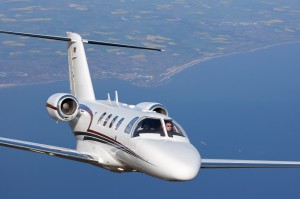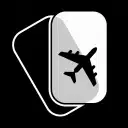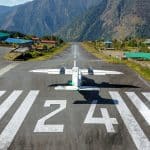Jet Charter Flight Tips When it Comes to Overwater Operations
The FAA discourages overwater flying if unnecessary to begin with, for obvious reasons. If there is problem with a flight, a pilot can safely land an aircraft even under many emergency situations if he/she is operating over solid ground and the right terrain.
That said, there are still times however when overwater flying is either required or the far more convenient flight path. “Extended overwater flying” with respect to private charter aircraft (other than helicopters) refers to any operation over water at a horizontal distance of more than 50 nautical miles from the nearest shoreline.
If a flight must go overwater, part 135 section 167 says that the aircraft must have approved life preservers for everyone on board, each equipped with a survivor locator light and in an easy-accessible location for passengers. Then there must be enough approved life rafts with the capacity to accommodate everyone onboard, along with some basic emergency survival gear such as a magnetic compass, a signaling mirror and police whistle.
If an aircraft does NOT have these items, part 135 section 183 says that any land-based aircraft operated overwater must be at an altitude high enough that it could reach land in case of an engine failure; in other words, high enough that it could “glide” to land. Thus not having this required gear means that a charter flight might have to take a far longer route to reach its destination than an aircraft which does – as it cannot take the most direct line to certain destinations but must instead follow the coastline.
Are you ready to book your New York to Italy charter flight yet?
Our friendly, expert air charter agents are here to answer questions or start your quote today. Don`t wait, call now and we'll get you on your way to your destination!
Call 888-593-9066











